Six reasons a National Park should be on your travel list in 2024
Quiet sojourns in nature or exciting adventures, there’s something for every traveler at the national Parks in the country. Last year, all of America's National Parks recorded more than 92 million visits.
These parks are a celebration and showcase of America’s incredible geographical tapestry, rich biodiversity, and natural beauty – reasons travel enthusiasts visit them throughout the year.

Yellowstone National Park Grand Prismatic Spring
Photo by Laminda Nickla on Unsplash
There’s so much pristine beauty to soak in these 63 National Parks – think the geyser basins at America’s oldest National Park, Yellowstone, or the country’s tallest peak, Mount Denali, at the Mount Denali National Park in Alaska.
National parks are operated by the National Park Service (NPS), an agency of the US federal government.
These are included in the 425 sites of historical, geographical and recreational significance in the country operated by the NPS – like monuments, memorials and battlefields, scenic parkways dotted with beautiful sites, riverways and trails, and seashores and lakeshores.
These are protected areas to ensure their ecological significance is preserved.
If you haven’t been inspired to visit these parks, here’s why you should plan your next long weekend there.
1. There’s likely a national park in your state
They’re there everywhere. Thirty of the states in the US have a national park today, so there’s a good chance one is not too far from where you are. California tops the list being home to nine such places.
Alaska and Utah are dotted with eight and five national parks. These will make ideal weekend getaways – a quick fix of nature after a busy week, or an adventure-packed weekend.
2. Parks are accessible and affordable
Most of the parks are free for tourists. The ones that charge a fee use 80 percent of the fee for their upkeep, with the remaining amount used for the maintenance of free parks.
To attract more tourists, and to make such nature tourism accessible to all, the parks offer fee-free visits on specific days of the year. There are other plans too, offering access to multiple parks for a period.
Under the ‘Every Kid Outdoors’ Program, there’s free access to families of all fourth graders. These are part of efforts taken to promote tourist visits and an enduring enchantment with nature.
3. They’re more accessible than ever before
A national park visit does not have to be a road trip, always. This is especially true of the usual suspects, where bumper-to-bumper traffic on long weekends are common and altogether frustrating.
To optimize the travel experience for tourists, most parks offer shuttles from and to central locations. Or you could work your quads biking through these scenic landscapes, and then hop onto shuttles which also accommodate bikes.
A few of the shuttles are free, while others are paid — this depends on the national park you plan to visit.
To reduce congestion and enable a better tourist experience, a lot of the parks also have timed entries.
This has been a highly debated move, with travelers welcoming it for its benefit, and contesting it for its inability to accommodate last-minute travel plans. But these timed entries reduce the waiting time of tourists and regulate tourist inflows.
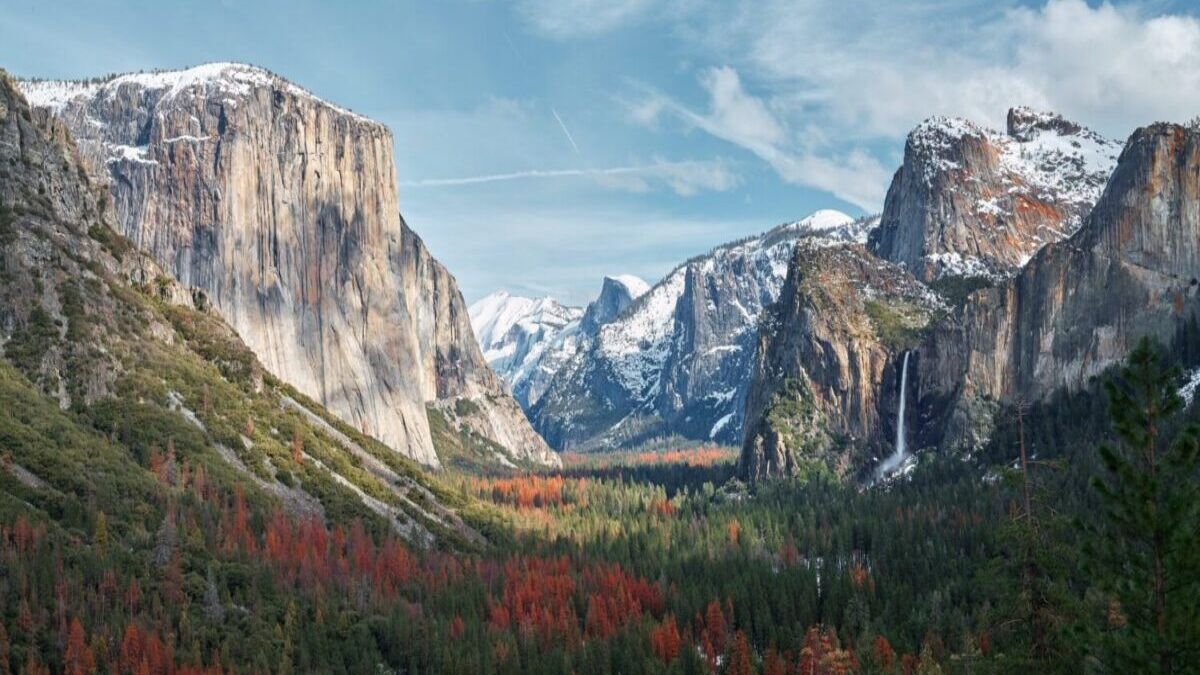
4. There’s something for all travelers
Think beyond Yosemite, Yellowstone and the Smoky Mountains. These are great, but there’s so much more to national parks than these.
There are the gypsum dune fields at White Sands in New Mexico, Geocaching adventures in Petrified Forest, Arizona, or Tidepooling at the Olympic National Park.
If you’re not in the mood to be disturbed by anything but the sound of the wind and wildlife, head to the quiet parks. Looking to have a splash with friends?
Hiking, Snorkeling, Kayaking, Backcountry Camping, Boating or Tidepooling – there’s so much to do than stand and stare (which is great too!).
Wait for the sun to go down, when the crowds thin at most parks, and embrace the nocturnal beauty that nature offers – like the sunset sand boarding at Great Sand Dunes National Park, midnight- sun hiking at Denali or night boating at Everglades in Florida.
Pick an activity that interests you, and there’s likely a park not too far that accommodates it.
5. Parks are off-season places too
There’s definitely a best time to visit every national park – the weather, amenities and tourist traffic determine that for every place. But a lot of the national parks are also seeing greater footfalls in the off-season and shoulder seasons too.
These are good times to visit because the destinations aren’t the most crowded, but are still enjoyable with mild weather. Options for cheaper travel and accommodation are higher, making the off-seasons attractive.

6. Climate-forward practices put in place
National Parks are aware of the environmental dilemma they operate with – how to keep the parks pristine and attract more tourists, while also keeping the tourists from polluting the place.
Over 70 percent of the National Parks have been identified as vulnerable to climate change, requiring quick and consistent action to promote sustainable tourism.
These parks operate with a Green Parks Plan to achieve net-zero emissions and phase out single-use plastic.
The biggest contributor to the pollution problem in these destinations is vehicular pollution caused by tourist visits. To address this issue, parks have tie-ups with several shuttle service providers.
This way, the traffic snarls are mitigated, and emissions reduced. The transit fleet and other park vehicles are transitioning to EVs as well.
OTHER NEWS
-
- How to Choose the Right Sleeping Bag
- By Prodosh Kundu 19 Aug,2024

-
- Paved Paradise or Gravel Playground? Your Guide to the Wild World of Cycling Routes
- By Kamal Singh 17 May,2024

-
- RV Road Trips: Discovering the Beauty of America's Scenic Highways
- By Prodosh Kundu 30 May,2024
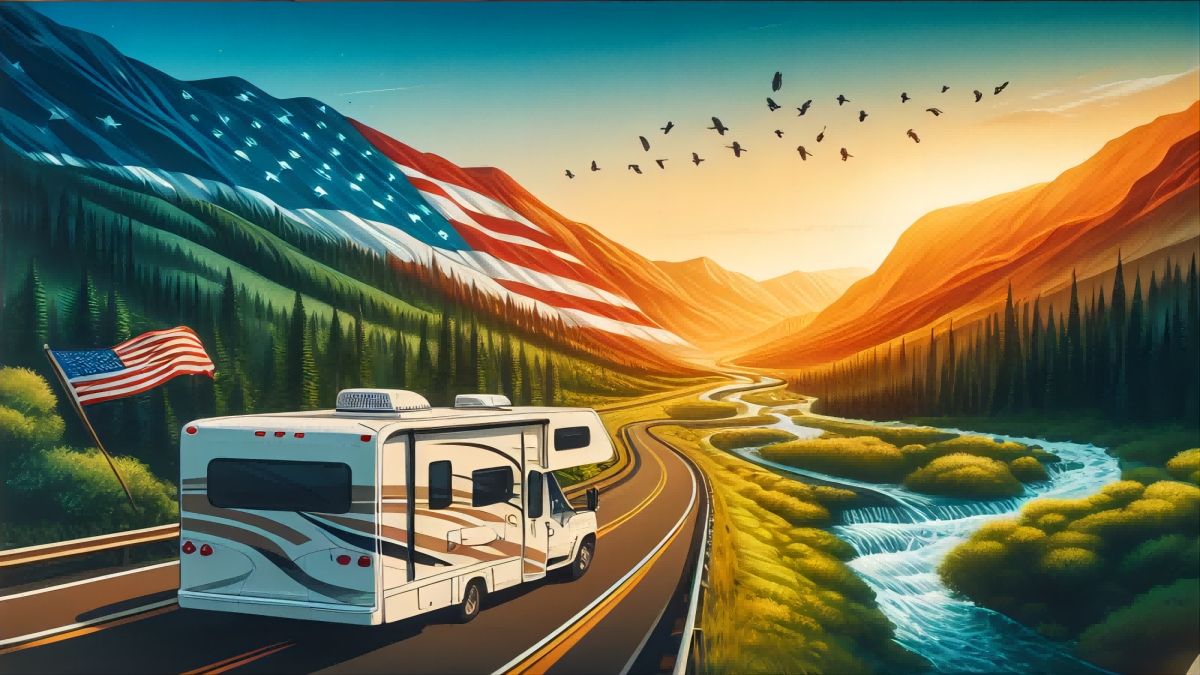
-
- Traveling Along American Riverbanks: A Trip Through the Okefenokee Swamp
- By Kamal Singh 21 May,2024
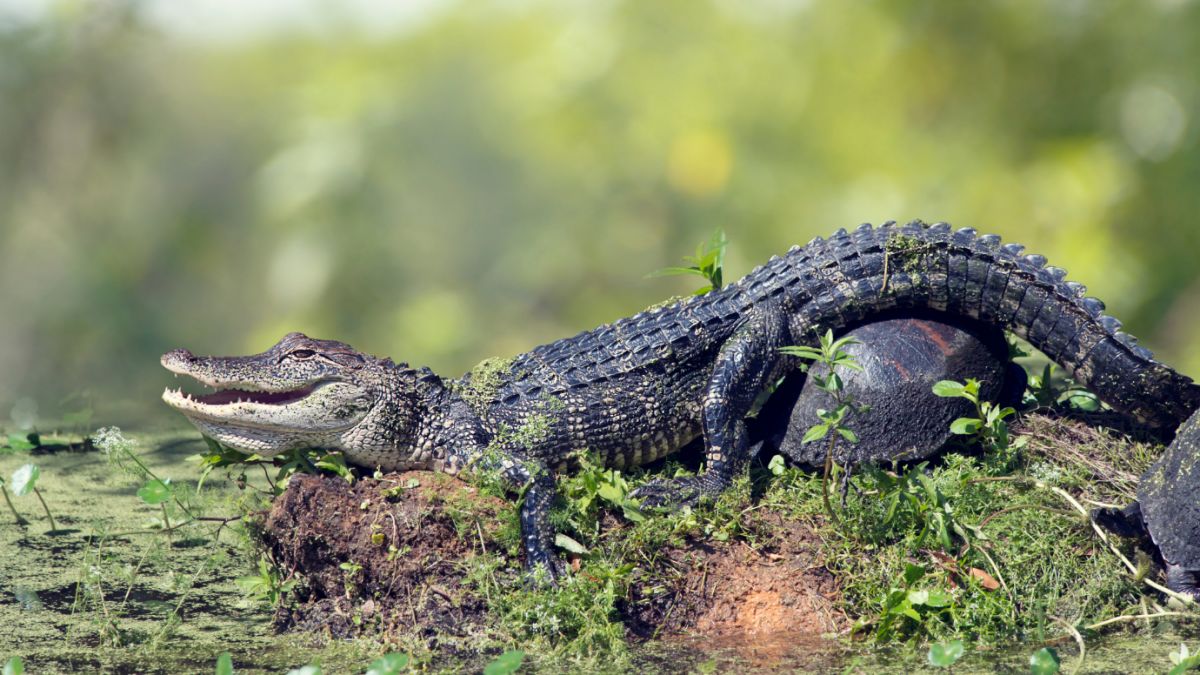
-
- Want to travel? Six tips to make you travel-ready for any season
- By Sharadha Narayanan 21 May,2024
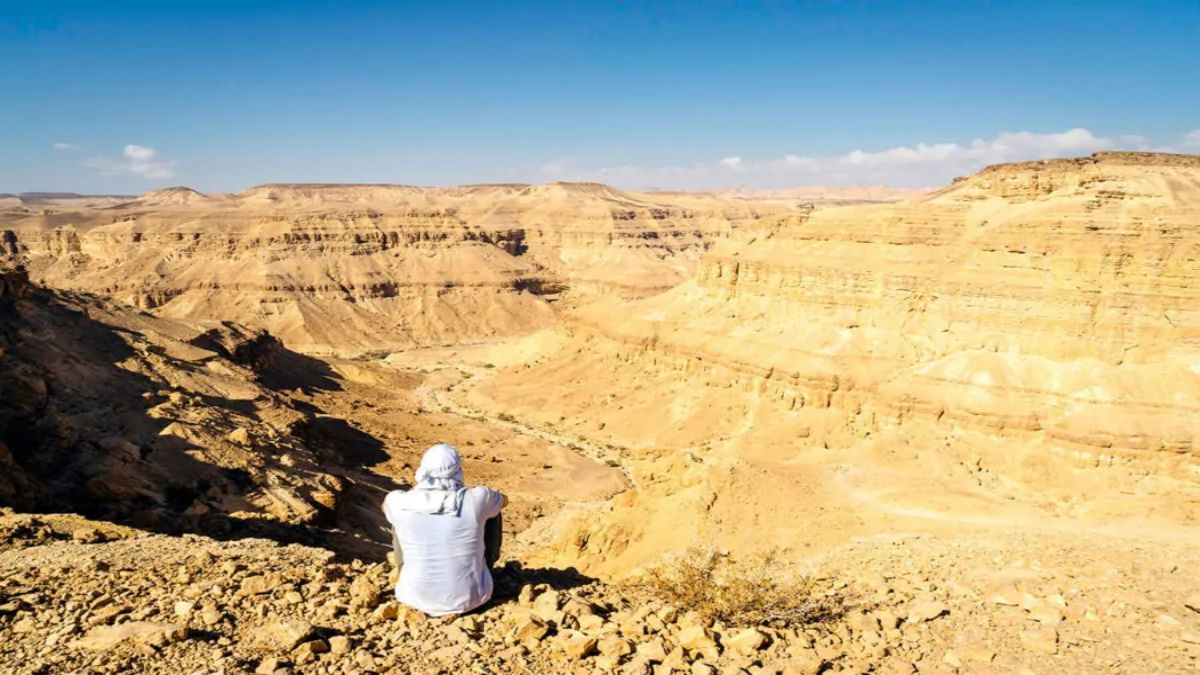
-
- How to Arrange a River Cruise Trip for Yourself?
- By Kamal Singh 21 May,2024
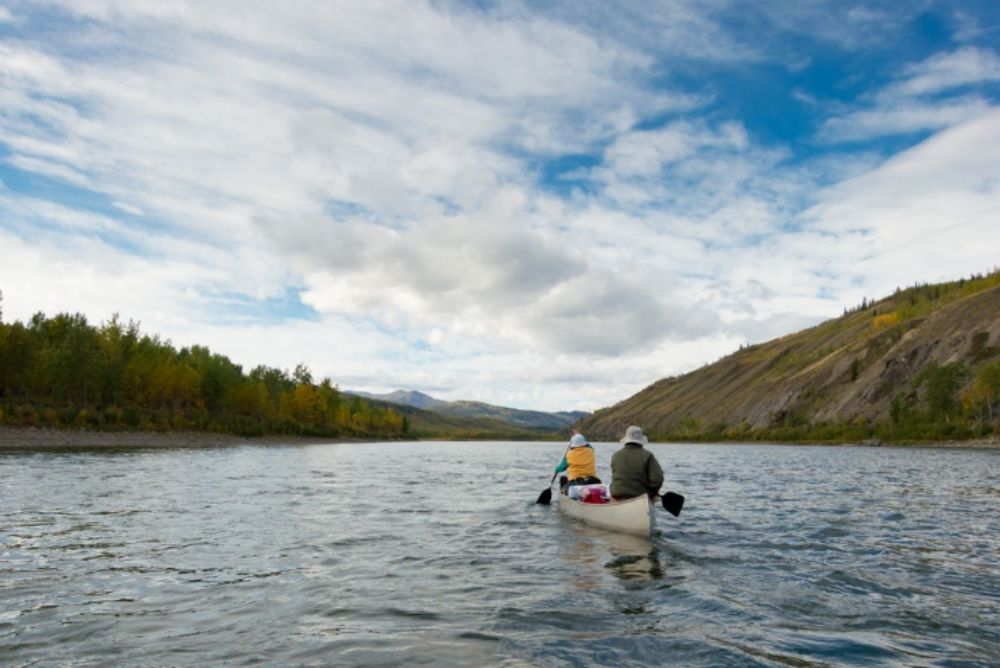
-
- Massachusetts Travel Guide: Everything You Need to Know!
- By Nauman Rehmat 17 May,2024
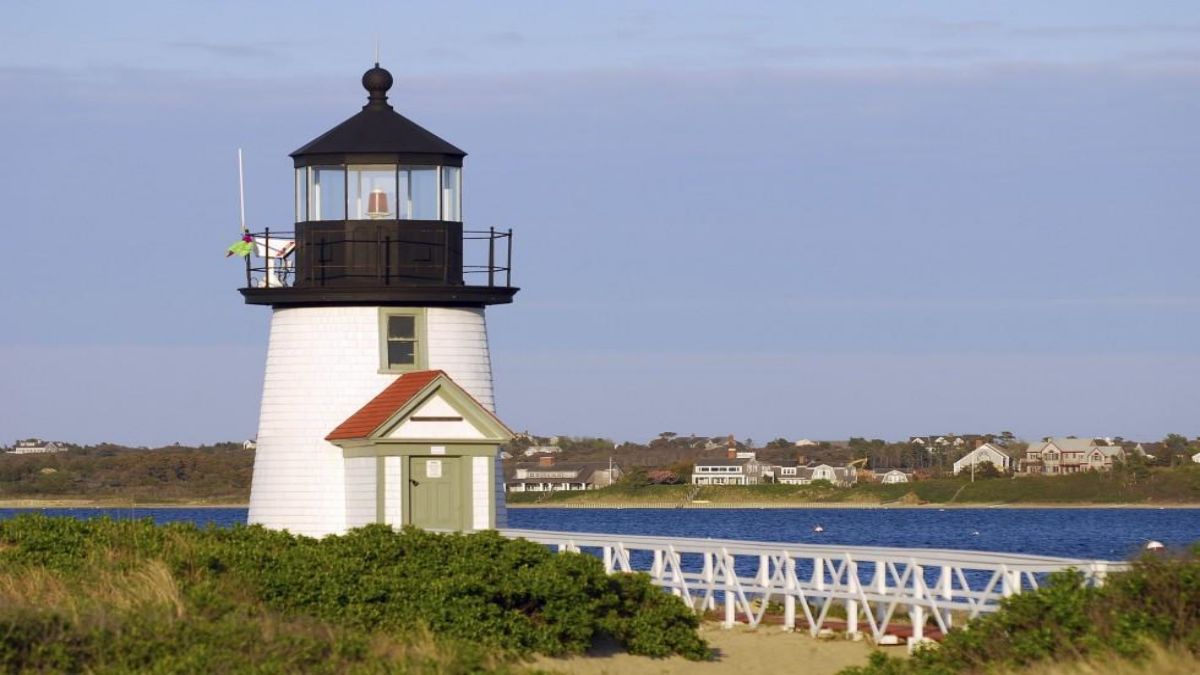
-
- Is Your Bike Talking Trash? Translate Bicycle Trouble with These Easy Fixes
- By Kamal Singh 17 May,2024
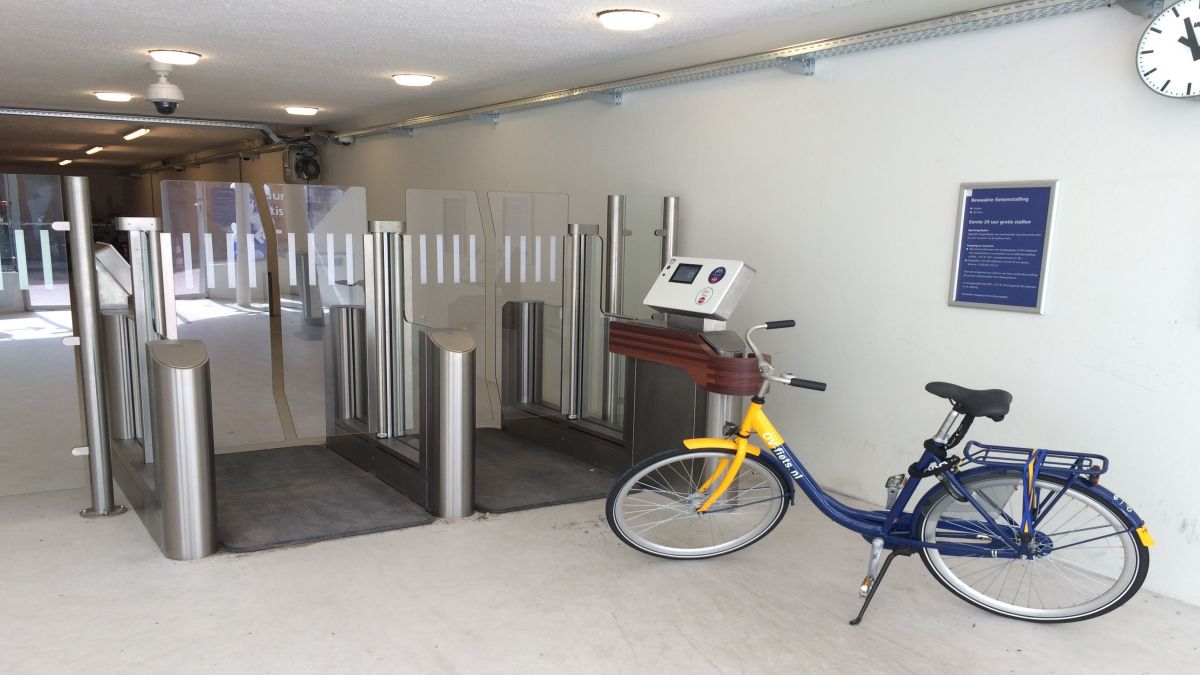
-
- Introduction to the History of Waterway and River Travel
- By Kamal Singh 21 May,2024

-
- Popular River Travel Destinations Around the World
- By Kamal Singh 21 May,2024
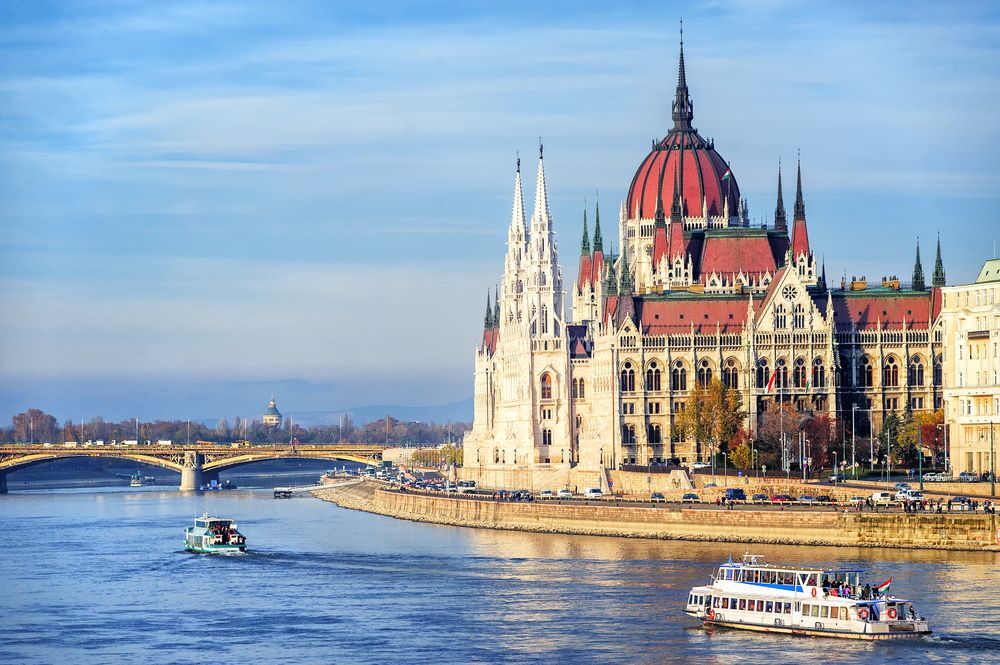
-
- Five Tips for Summer Hiking
- By Prodosh Kundu 19 Aug,2024
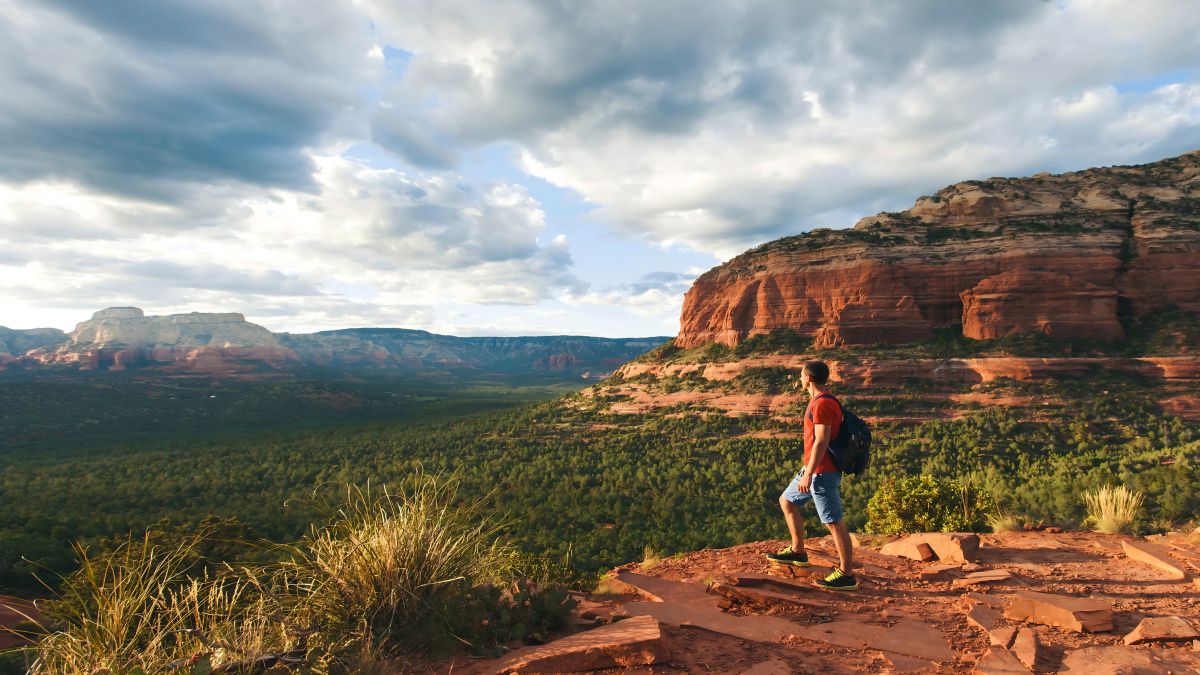
-
- Fortress of Comfort: Choosing the Perfect Tent for Your Backcountry Adventures
- By Kamal Singh 07 May,2024
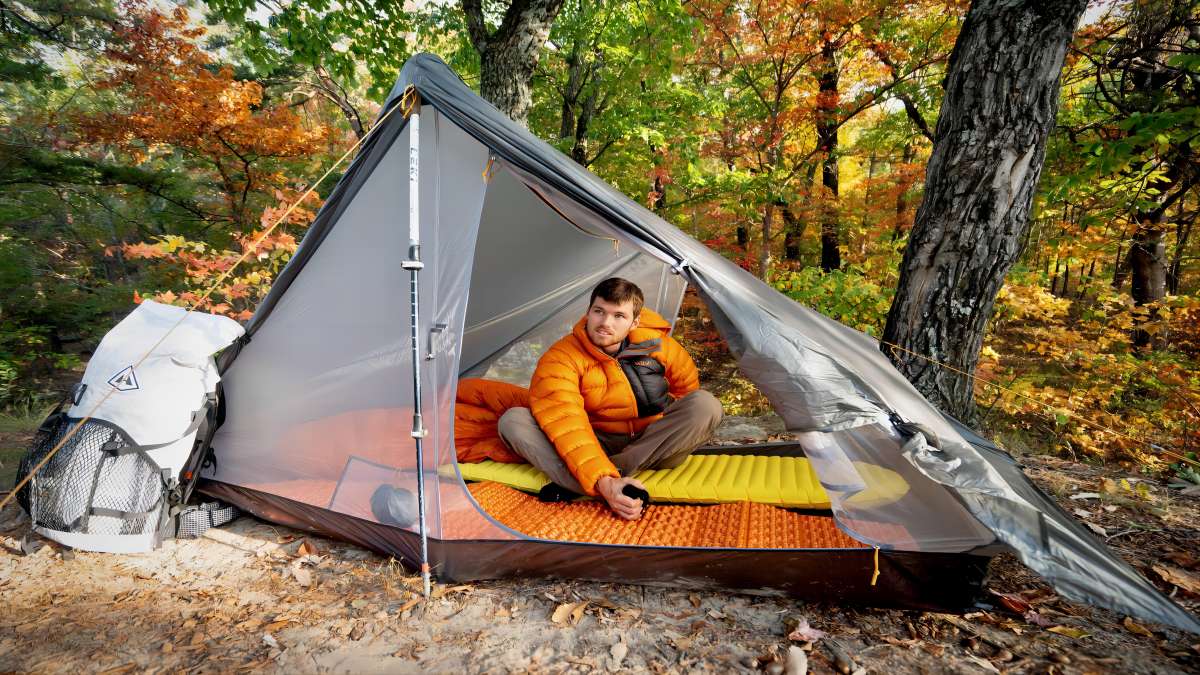
 1
1 1
1